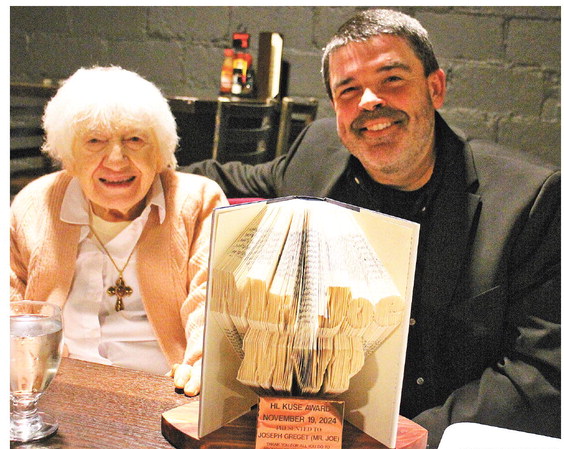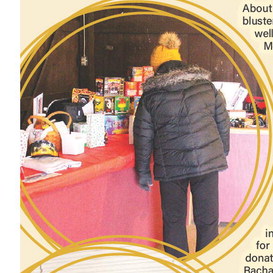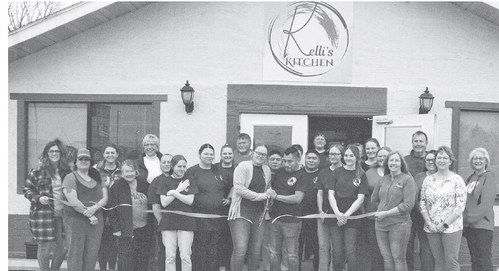Don’t flunk food safety this school year
A healthy meal is more than selecting nutritious foods; it also includes safe food handling from the moment it’s being prepared and up until lunchtime. Would you pass or fail the safe lunch packing test? The U.S. Department of Agriculture (USDA) has four tips for parents and caregivers to get an easy A in food safety this school year.
“While there have been huge strides in food safety, at least 48 million people in the U.S. are still affected by foodborne illness every year,” said USDA Under Secretary for Food Safety Dr. Emilio Esteban. “Our children’s health and safety depend on the safe food handling practices we teach and practice at home.”
Clean
A recent USDA observational study on food preparation showed that only 44% of participants attempted to wash their hands before meal preparation, a failing grade no matter how you look at it. Even fewer participants (3%) washed their hands properly by rubbing hands for at least 20 seconds. Proper handwashing practices can help prevent cross-contamination when preparing school lunches.
Follow these steps to earn an A+ in handwashing: 1. Wet your hands with clean, running water (warm or cold), turn off the tap and apply soap.
2. Lather your hands by rubbing them together with the soap.
3. Scrub your hands for at least 20 seconds. 4. Rinse your hands well under clean, running water.
5. Dry your hands using a clean towel.
Separate
The kitchen can become a playground for bacteria when food is mishandled during preparation. To avoid cross-contamination, separate raw foods from those that are ready to eat during preparation. Don’t use the same cutting board for raw foods and ready-to-eat foods like fruits and vegetables. Having multiple cutting boards can help, but if you are only using one, make sure that you wash it in hot soapy water, sanitize, rinse, and air or pat dry with a clean paper towel between uses.
Cook
Cooking enough meat and poultry to use later in school lunches is a great time saver. But never rely on the color or texture of your meat and poultry to know if it is safe to consume. The only safe way to tell if it has been cooked to a safe minimum internal temperature is by using a food thermometer. Let the thermometer do all the hard work to help you pass the “Is it done yet?” test.
Chill
You’ll pass the final food safety exam by never leaving food out of refrigeration for over two hours. Leaving food out too long at room temperature can cause bacteria to grow to dangerous levels that can cause illness. Bacteria grow most rapidly in the range of temperatures between 40 F and 140 F, doubling in number in as little as 20 minutes. This range of temperatures is often called the “Danger Zone.” If you will be cooking more than you will pack, make sure you store your leftovers safely in sealed containers or airtight packaging. To do this, cut food into smaller pieces or divide large amounts of food into shallow containers to allow food to cool rapidly. Leftovers can be kept in the refrigerator for 3 to 4 days or can remain safe indefinitely when frozen.
Packing a Food Safe Lunch
When packing the school lunch, ditch the brown paper bag. Always pack school lunches in insulated lunch boxes or insulated containers to keep perishable foods safe until lunchtime.
• For cold foods, include at least two cold sources in the insulated lunch box to keep perishable foods under 40 F. These can be frozen gel packs, frozen juice boxes or frozen bottled water. By lunchtime, juice boxes or bottled water should be thawed and ready to drink.
• For hot foods, use an insulated container to keep food like soup, chili, and stew hot. Fill the container with boiling water, let stand for a few minutes, empty, and then pour in the piping hot food. Keep the insulated container closed until lunchtime to keep the food hot — 140 F or above.
Other Food Safe Options
Non-perishable foods are also a great option when it comes to food safety. Items that do not require refrigeration will be safe past lunchtime and are the perfect addition to school lunch boxes.
• pre-packaged, shelf-stable meals;
• whole or dried fruits like apples and bananas;
• whole vegetables like baby carrots and cherry tomatoes;
• hard cheeses like cheddar, gouda and parmesan;
• grains like bread and crackers;
• jerky like beef, chicken or other meats. Read more about USDA’s four steps to food safety and get your food safe lunch questions answered by calling the USDA Meat and Poultry Hotline at 1-888-MPHotline (1-888-674-6854), email MPHotline@usda.gov or chat live at ask.usda.gov from 10 a.m. to 6 p.m. Eastern Time, Monday through Friday.




